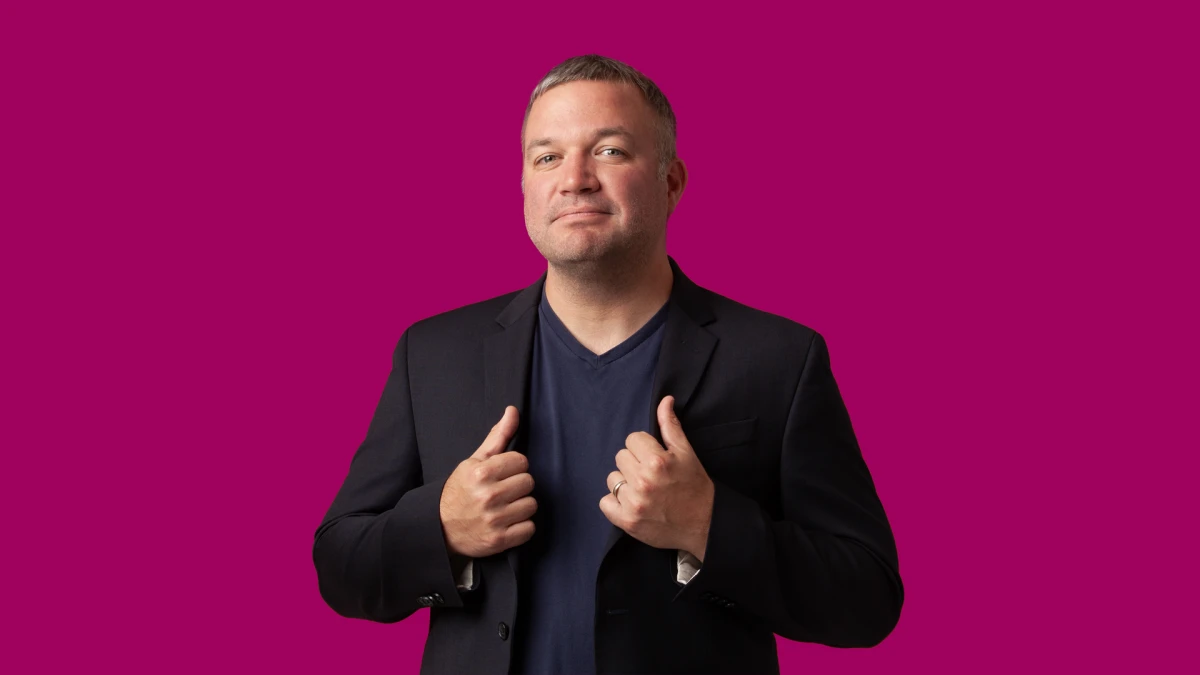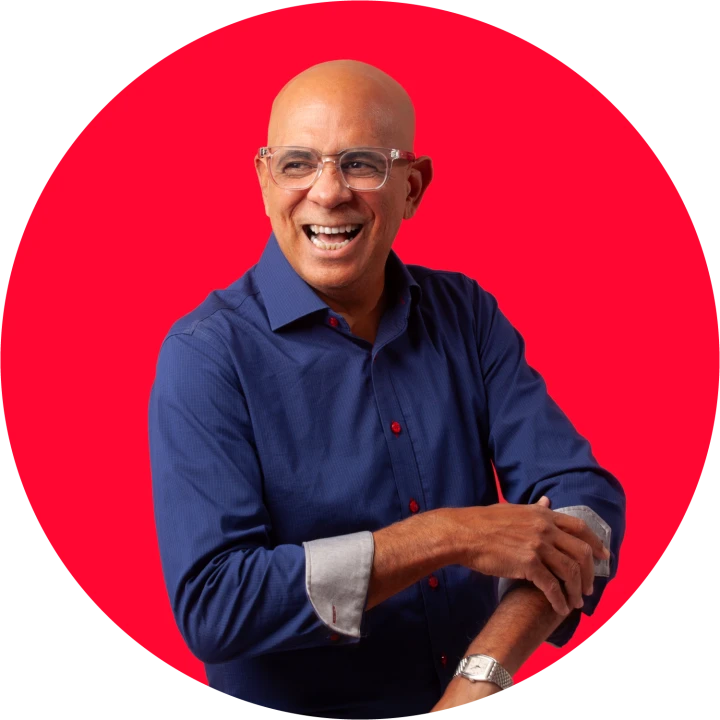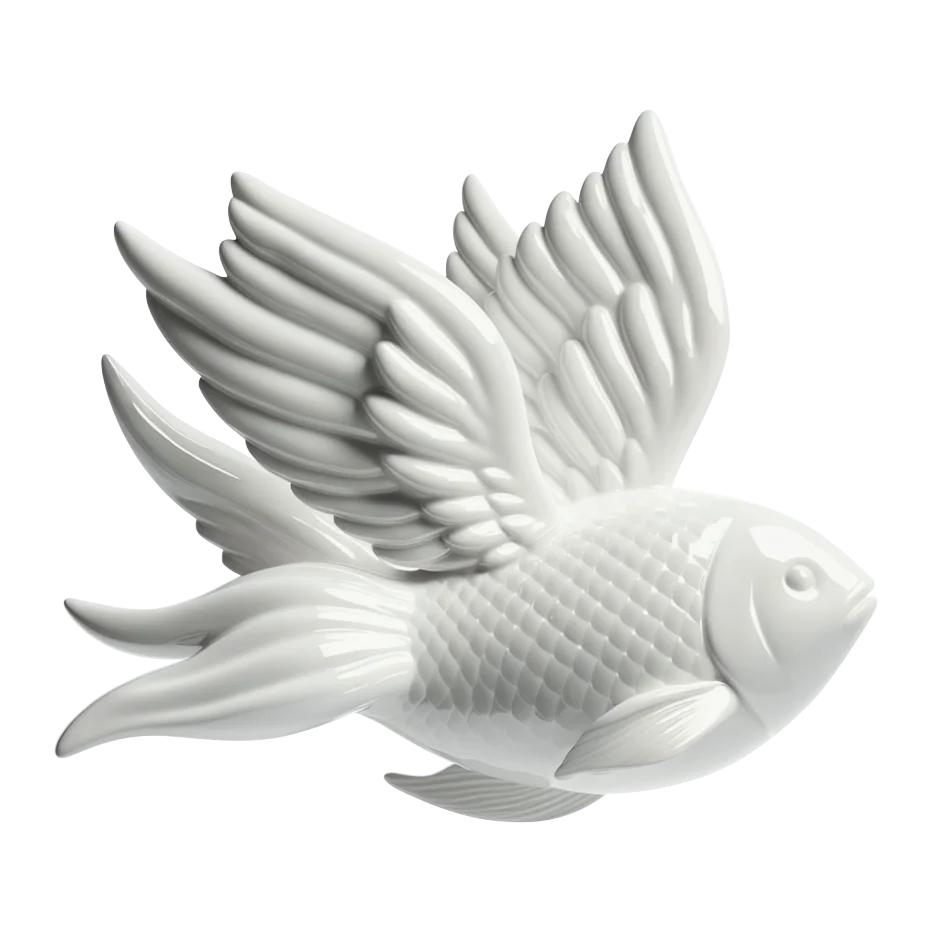As a Chief Marketing Officer or marketing leader in your company, the questions you’re tasked with seem endless. No one likes our brand, what should we do and when? Our website is dated, when are you going to fix that? How can we be more top of mind with clients and prospects? In this article, Agenda’s Head of Strategy, Vincent Roffers, answers some of the most common questions he’s advised on during his decades-long experience working with CMOs.
Q. I’m new to the role. Should I take it slow with evolving our brand or jump in right away?
A. When you’re entering a high-pressure situation with a team you don’t necessarily know, it’s important to bring in those you trust, such as people and agencies you’ve worked with, to help make your all-important first moves successful. And those moves invariably can't just be the major ones like rebranding the company from the ground up or completely redoing the website as a first step. Instead, start small and build from there.
This way, you can engage stakeholders across the organization and find out who your supporters are. You have to win the trust of your team and advocates across the company before you bite off anything bigger. It also allows you to identify and get around potential roadblocks in the context of smaller, lower stakes efforts. Then, when you’re ready for a bigger move, you'll have already set the groundwork with your team, your partners and your stakeholders. That said, eyes are on you from the get-go so you also can't wait too long to show success.
Q. A full rebrand isn’t on the table. What else can I do to elevate our presence?
A. I think the easiest way is to start internally—engage your people, understand their stories, do something like an internal or employee campaign. There’s never going to be a company that argues with featuring their people so it’s a pretty safe place to start, while actually doing something meaningful. You’ll also want to identify pain points and focus on improving the business as usual spaces. For example, you're not going to stop doing social just because you don’t have a new brand. Since assets are going to be created anyway, focus on making them better, more cohesive, more connected in the short term, and people will immediately start seeing your impact.
I think the tricky part of being a CMO is that you only get a few big moments. You’ll hopefully have your big brand moment, your big web moment, your big campaign moment, and that may be it. So you’ve got to be careful when you do those, and these smaller initiatives can be your low-risk testing ground to ensure those big moments are the successes you need them to be.
Q. We have a big event coming up. How can we leverage our brand to enhance the experience?
A. An event is also a great business as usual initiative where you can raise the game. If you work with the right partners, you can do the events that the company has always done, just better.
For example, we had a client who had an event that wasn’t working as hard as it could. Before even launching the look and feel of their new brand, we were able to create an elevated experience for the event that no one would confuse as the new branding. It was just a few simple things—better design, clearer messaging and a couple of experiential things that weren't hugely expensive, but—working in tandem—they really improved the event and the feedback we got told us we were onto something.
Q. I don’t have the budget to fully redo our site, but I want to bring our new brand to life. What can we do in the interim?
A. If you don’t have the political capital or the budget to create a new site, you can create a “2.0 version” by focusing on the visuals and language in a few high-value places which can at least make it feel on the surface that things are changing for the good. And just by positioning it as an interim step before something bigger happens can give you the air cover and time you need to do it right.
The key is not to overinvest in anything requiring a lot of development work for the interim—it’s all about reusing and recycling here. Interim work—especially interim web work—is not a super efficient way of buying agency resource because you’re purchasing work with an expiration date. Any investment on the back-end will likely only be seen by a few, likely not the stakeholders you’re looking to address. But if you’re in a position where you're needing to show value within a few months, you can’t afford to wait and do nothing. I honestly feel for CMOs as it’s a hard balance—the fear of doing too much and the fear of doing too little. But, the right agency partner can help you walk that line and find the sweet spot for you and your organization.
Q. We’re in a commoditized space. How can or should our brand stand out?
A. There’s almost no industry right now that's not super crowded, but you can still find something that is different. You’ve just got to put in the work to find it. The biggest thing is getting over the fact that pretty much everything is commoditized. The more interesting question is how do you say something that is different in those cases, and where do you look?
I personally believe there’s four real sources of differentiation—your founder, your people, your product or your customer. And I think your customer is often the most interesting one. For example, motorcycles are by and large a commodity but look at Harley-Davidson. You think of Harley and immediately picture—not the bike—but an older guy in a leather jacket wearing a bandana. It’s that tribalism around them that differentiates Harley.
So even in the most commoditized spaces, you can find something to key in on that's really specific, different and inspiring. Those four sources are a great place to start.





